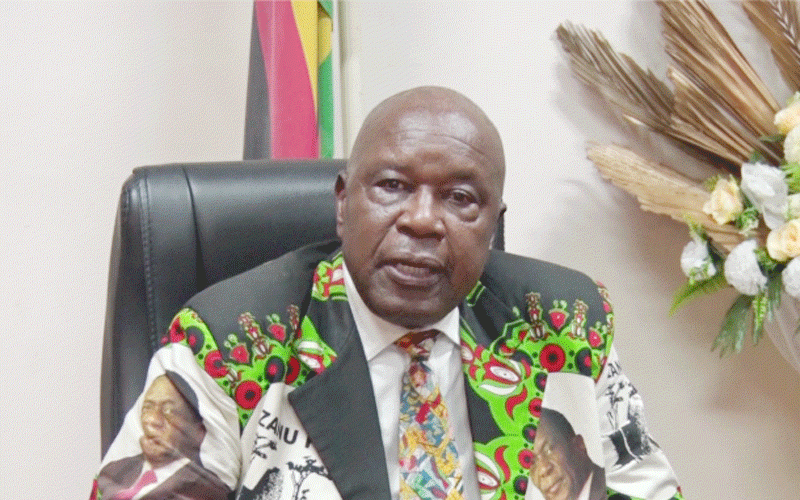THE African Development Bank (AfDB) has cut Zimbabwe’s growth projections by 1,6 percentage points to 2% this year due to the effects of the El Niño-induced.
President Emmerson Mnangagwa has declared the El Nino-induced drought a state of disaster to marshal US$3,3 billion from donors and co-operating partners to avert hunger.
In its African Economic Outlook report released yesterday, AfDB projected the southern Africa region to grow by 2,2% this year and 2,7% in 2025.
The bank had earlier projected a GDP growth of 3,6% for Zimbabwe this year.
It lowered Zimbabwe economic projection for 2025 by 0,1 percentage points to 3,5%.
“Slower GDP growth of 2% is projected for 2024, mainly on account of below average agricultural output due to the El Niño weather phenomenon. Mining output is also expected to remain subdued because of lower international mineral prices. Inflation is projected to average 24,9% in 2024 as the exchange rate stabilises,” AfDB said.
“The downside risks are elevated due to drought caused by El Niño weather patterns that has affected the agriculture sector, while unstable international commodity prices pose further risks to the mining sector. A slowdown in global economic growth would be a major risk to the outlook.”
AfDB said maintaining the ZiG’s value and eliminating the quasi-fiscal operations could restore macroeconomic stability as Zimbabwe expects to adopt a Staff Monitored Programme of the International Monetary Fund in the second half of 2024
The economy has experienced only minimal structural transformation in the last two decades, with structural change impeded by crippling public debt estimated at 87% of GDP in 2023.
Resultantly, Treasury says the country now has a capital requirement of US$40 billion.
“The services sector has remained the major contributor to GDP over the last decade, averaging over 50% since 2010 and reaching 55% in 2023. Persistent socioeconomic pressures led to human capital flight of an estimated 3 million mostly skilled workers,” AfDB said.
“Labour shifted from higher value-added sectors, such as agriculture, industry and high-productivity services, to lower value-added sectors, including wholesale and retail trade. Zimbabwe’s labour productivity growth remains depressed and ranked very low among 17 lower-middle-income countries in Africa.”
The bank said prerequisites for Zimbabwe’s structural transformation are debt restructuring and clearance of arrears to create fiscal space for investment, attract foreign direct investment and unlock access to global financing opportunities.
The bank said Zimbabwe has since 2022 been engaging international development community and agreed to implement economic and governance reforms that would unlock arrears clearance.
“Zimbabwe’s main creditors, including multilateral and bilateral donors, which account for 76% of its debt, have a key role in accelerating agreed reforms and arrears clearance,” AfDB said.





